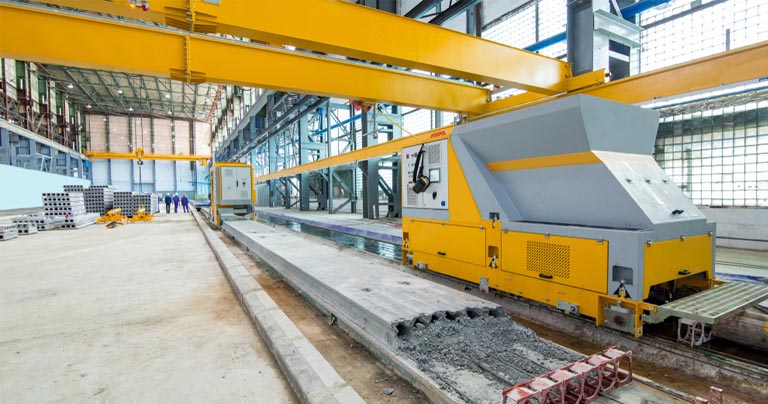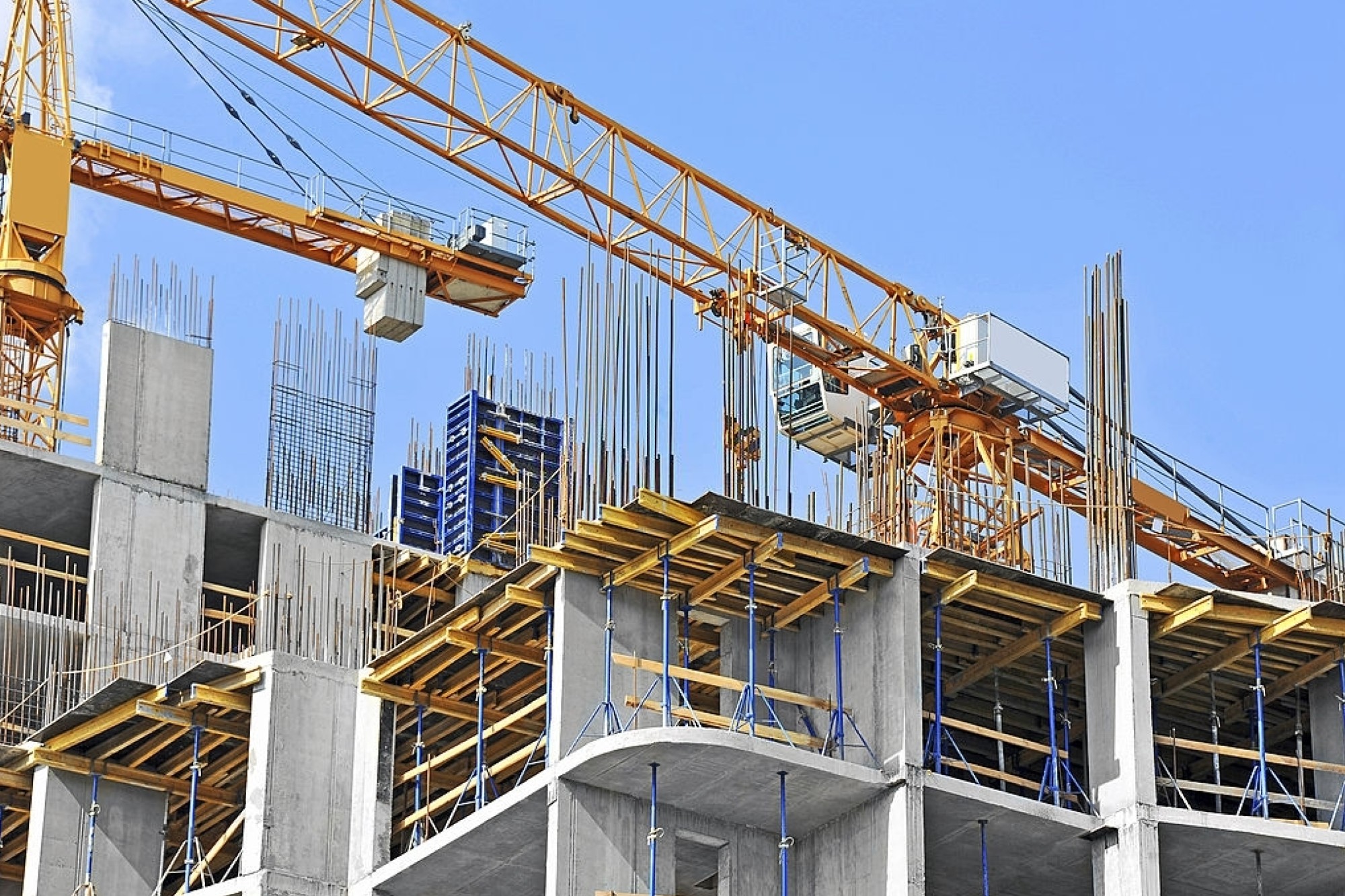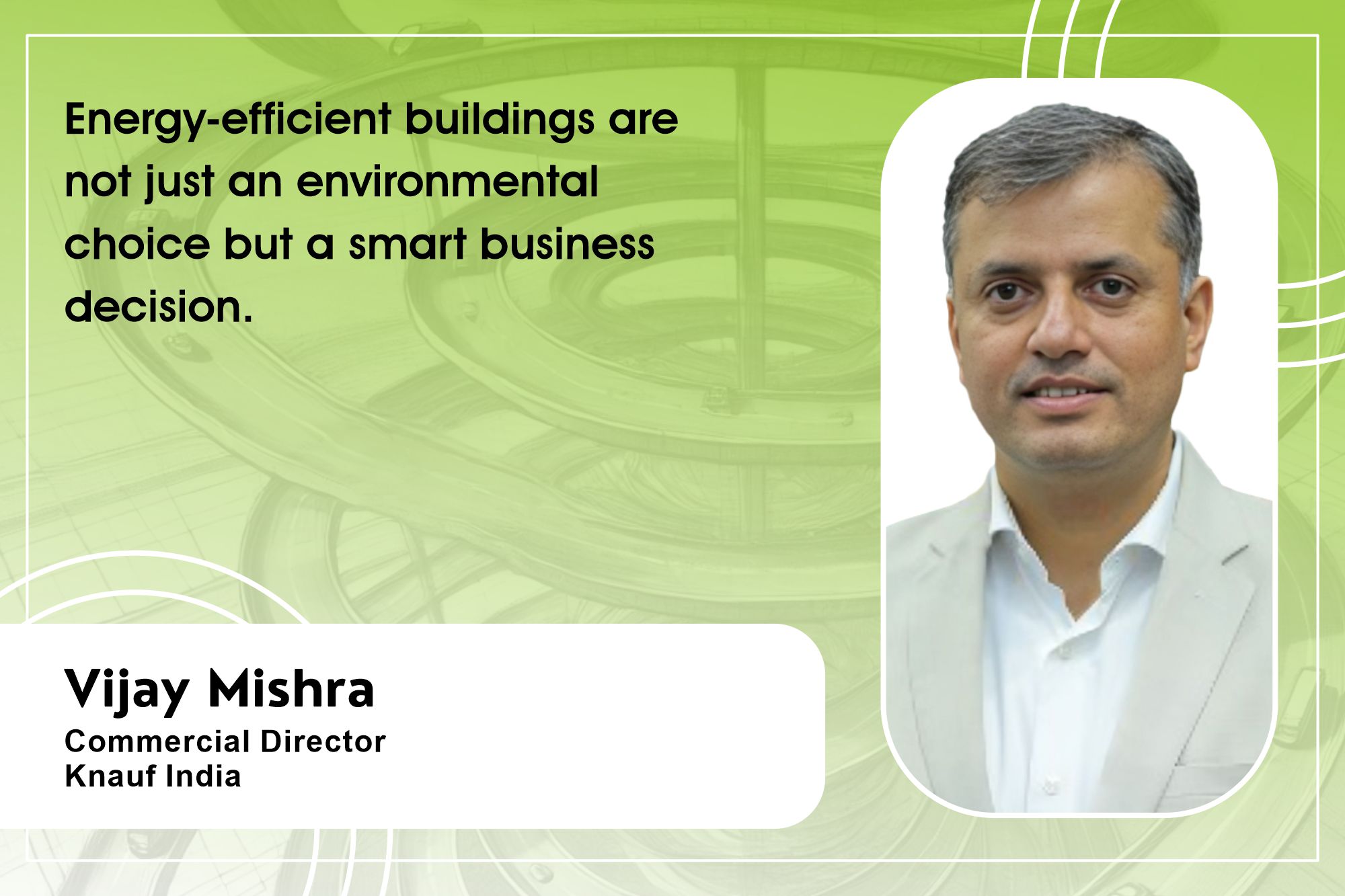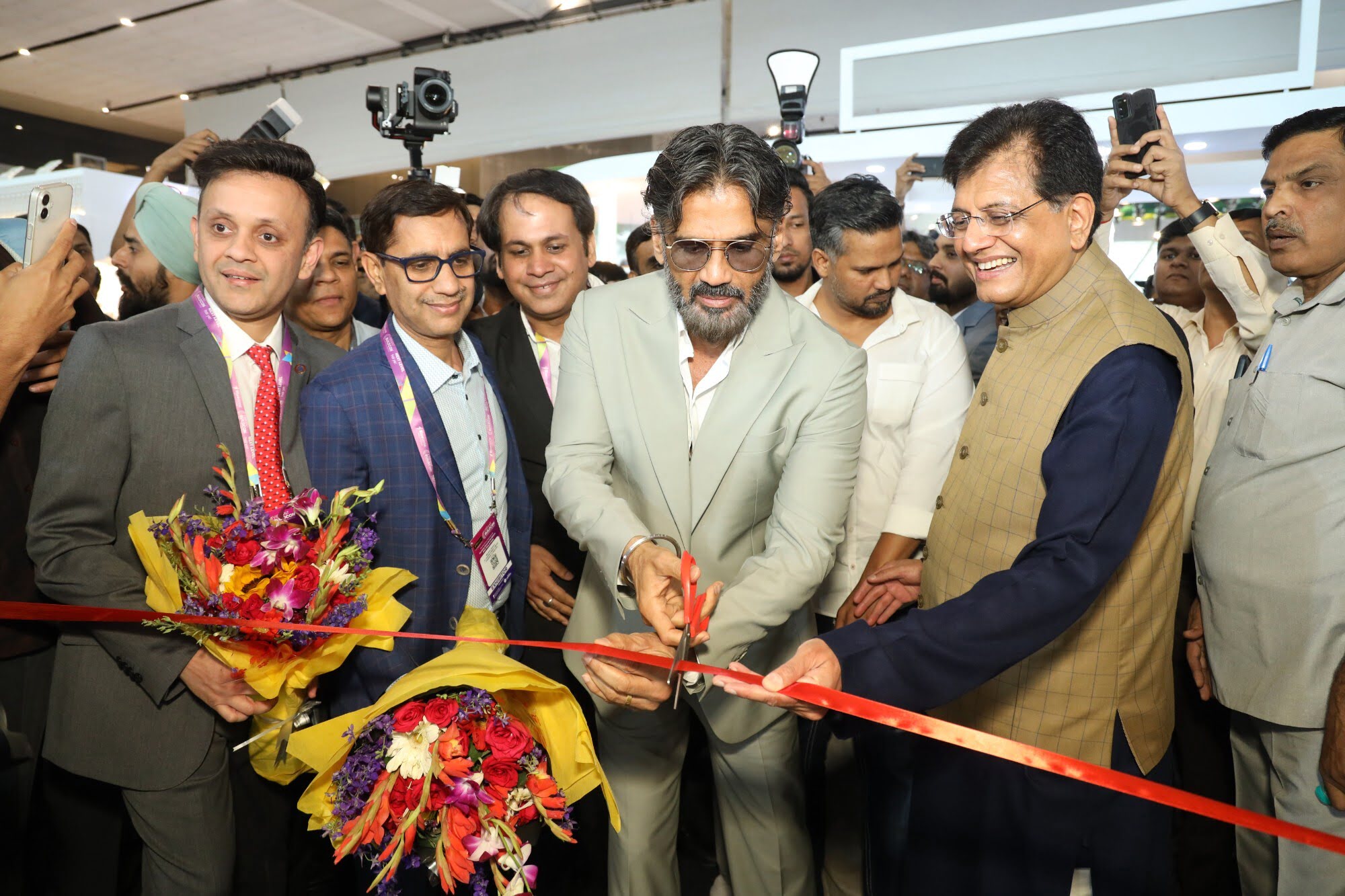Advanced building materials and precast technologies are vital for cost-efficient projects
By Edit Team | December 8, 2022 2:27 pm SHARE

The global precast concrete market is anticipated to be valued at USD 198.9 billion by 2027. As a result of this growth promise, the construction industry has shifted toward precast concrete processes, which minimise construction costs, time, and people. Because precast concrete is reinforced concrete made using industrialised methods, it is distinguished by the building components produced by a concrete precast factory.
Furthermore, because precast is manufactured in a closed and regulated environment, it is less susceptible to severe environmental conditions such as extreme heat and pollution. Also, increased worker safety, easier material handling, and the elimination of the need for scaffolding are driving contractors and builders to choose the precast concrete process.
Need for precast construction
In India, there is a growing demand for speedy and precise buildings. As skilled labour becomes increasingly scarce, precast allows for simple entry into the construction industry. Even builders, developers, and contractors choose precast construction methods and concrete precast technology to achieve unrivalled construction speed and quality.
Precast building speeds up construction by up to 70 percent and is better for the environment than conventional “cast-in-place” labour. Considering this, Sridhara C. N., Director—Technical and Marketing, Preca Solutions India Pvt. Ltd., notes that the engineers and staff know the ideal time to act because the operation is thoroughly planned. This will expedite the process and help emphasise enhancing the worker’s health.
All precast concrete products use 40- to 60-grade concrete, increasing workability, building durability, and finishing quality. This allows for all these high-quality benefits. The customer gains a lot from not having to keep an eye on on-site activity, which brings us to our final point. If we delay the project, it will be helpful since the contractor will have more responsibility for finishing it since missionaries are monitoring our site and costing us a lot of money if the project switches to precast. The customer will be given daily updates on the site’s status, and the project will be completed on schedule.
“It takes a long time to make concrete on-site,” says Abinash Mishra, Deputy Executive Director-Sales and Marketing at Dalmia Cement (Bharat) Limited. “The project manager must be careful when mixing the aggregate and sand to ensure good-quality concrete is created.” If this is not done, the construction will not meet the designer’s, structural consultant’s, or architect’s standards. As previously indicated, precast is a simple function that does not necessitate any bother or days of waiting; we merely use the application, apply primer, and paint, and it is completed.
Innovations in RMC design structure for rapid construction
RMC is a critical component in any construction infrastructure as it brings out the economics of scale and adds sustainability to concrete construction structures due to the blending of secondary cementitious materials like GGBs, flyash, ultrafine materials, and nanomaterials, among others. Presently, 20 percent of the cement industry is consumed by RMC in India. Whereas, in Europe and the USA, more than 80 percent of cement is consumed by RMC segments.
Ashwin Reddy, Director of Aparna Enterprise, elaborates on this point, saying, “Selective usage of aggregates and admixtures in self-compacting concrete helps produce concrete that has the required flow properties and desired strength.” Compared to brick walls, these walls have more strength and longevity. Another example would be replacing some portion of cement with fly ash, which increases the quality of the concrete mix while reducing the overall cost.
Abhijeet N Gawde, Head—of Business Development & Marketing, Godrej Construction, takes this opportunity to highlight the importance of technologies in the concrete RMC industry and says that the construction industry is leveraging technology to make construction management and site operations more efficient and sustainable. “The major construction industry trends that are expected to witness increased adoption in the near to medium term are building information modelling (BIM), construction robotics, modular construction, and the use of advanced building materials. Hence, start-ups and scale-ups are increasingly developing innovative solutions around prefabrication, worker safety, and construction robotics.
Challenges in ensuring quality and cost competitiveness
The volatility of cement prices is a crucial deterrent affecting the RMC industry, says Reddy. Another significant issue that consumes a lot of time is fetching aggregates from quarries far from RMC plants. Furthermore, rising fuel prices also impact the cost of RMC, especially in procuring raw materials and delivering end products that require movement through heavy vehicles. All these challenges restrict the stabilisation of prices.
Here, Mishra emphasises the significant and visible benefits of in-situ construction materials, which are technically more prevalent and cost-efficient in the long run. However, if you consider every factor involved in a project, including cost, the timeline, resourcing of the required material, creating a mix in an appropriate proportion, and the project’s completion, precast is the only way to obtain accuracy and precision across these areas.
Adding more to the comments above, Sridhara talks of the challenges in meeting project deadlines in the Indian construction sector. He further suggests that it’s time we change our culture, as it’s one of our expenses and investment areas.
The demand for building materials, concrete structures, and precast technologies will likely rise as construction work on new buildings and infrastructure projects increases. It is now widely accepted that adopting a better construction process can reduce negative environmental impacts and that reusing C&D waste is a viable option.
Sridhara C. N., Director—Technical and Marketing, Preca Solutions India Pvt. Ltd. “All precast concrete products use a minimum of 40-60 percent grade concrete to enhance projects durability and quality.”
Abinash Mishra, Deputy Executive Director-Sales and Marketing, at Dalmia Cement (Bharat) Limited. “Demand for precast concrete indicates that the investment be beneficial for project’s cost, durability, and time.”
Ashwin Reddy, Director of Aparna Enterprise. “Replacing some portion of cement with fly ash will increase the quality of the concrete mix while reducing the overall cost.”
Abhijeet N Gawde, Head—Business Development & Marketing, Godrej Construction “Construction 3D printing and green building solutions have the potential to significantly reduce environmental impacts.”
Cookie Consent
We use cookies to personalize your experience. By continuing to visit this website you agree to our Terms & Conditions, Privacy Policy and Cookie Policy.




































-20240213125207.png)

























